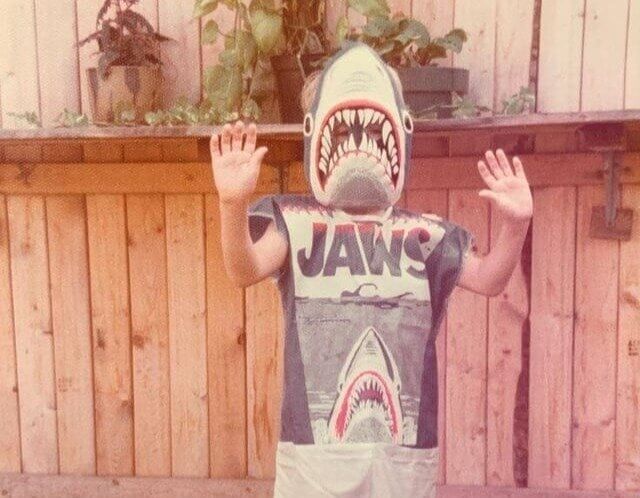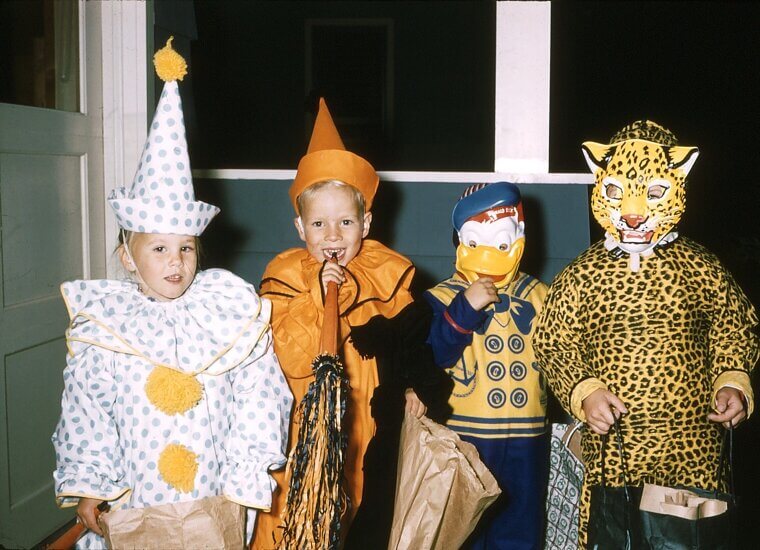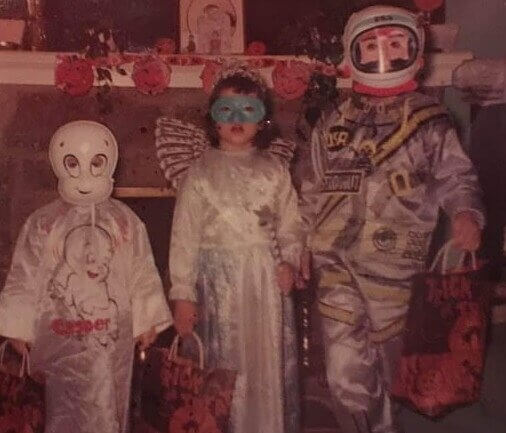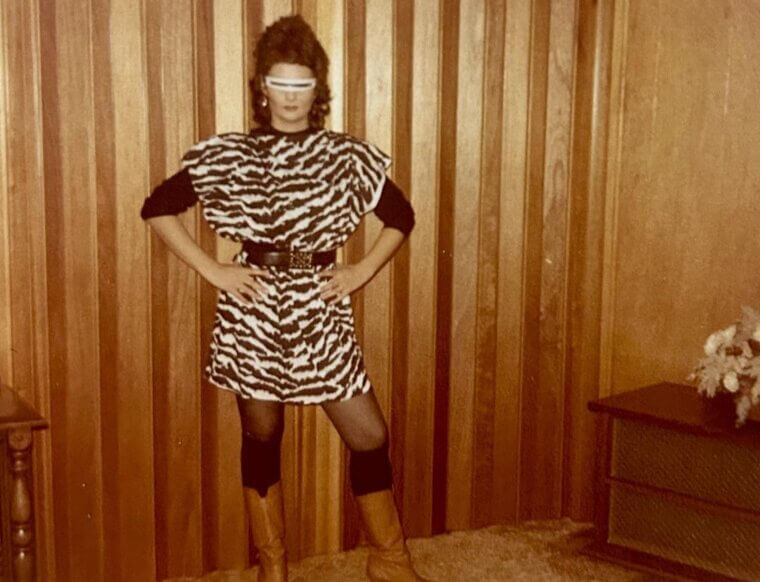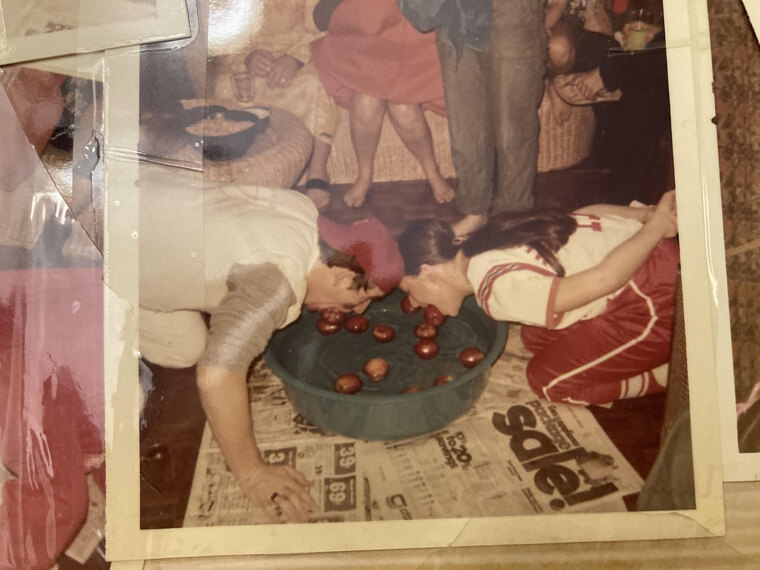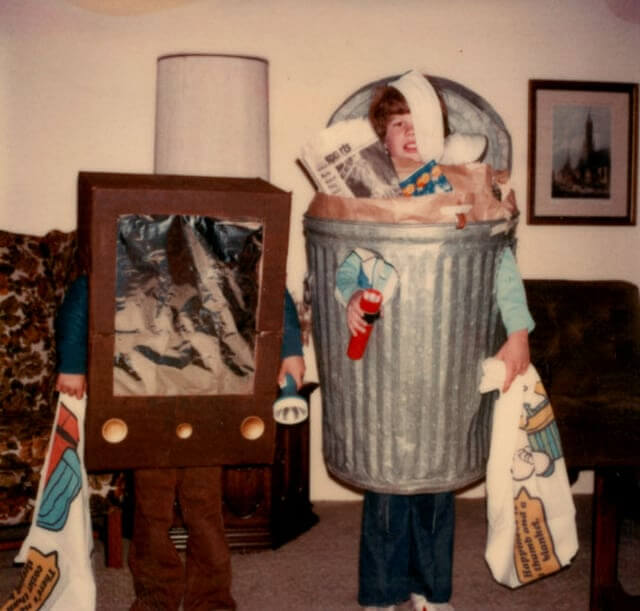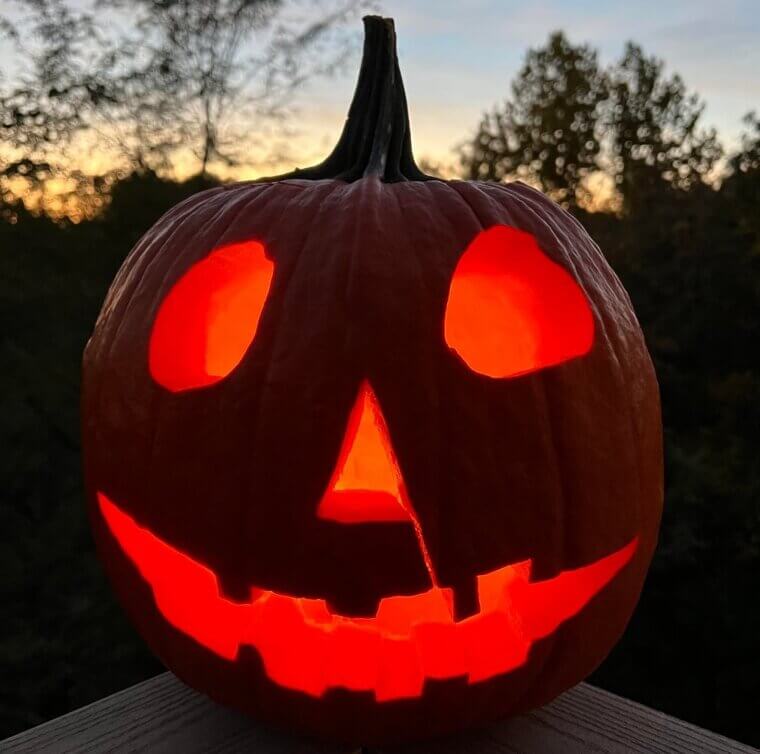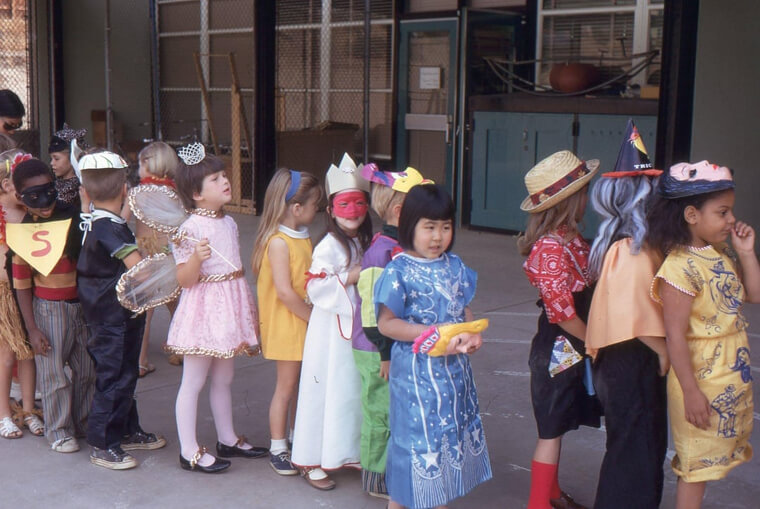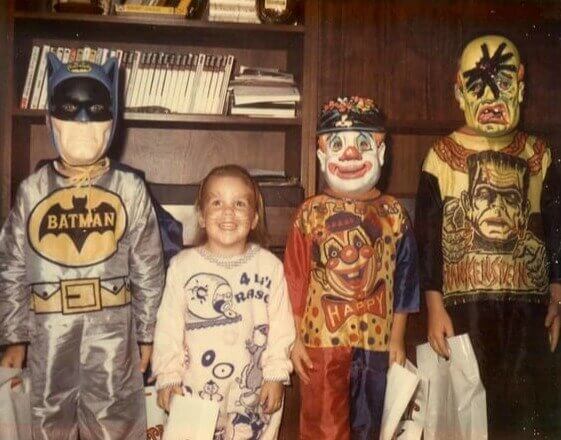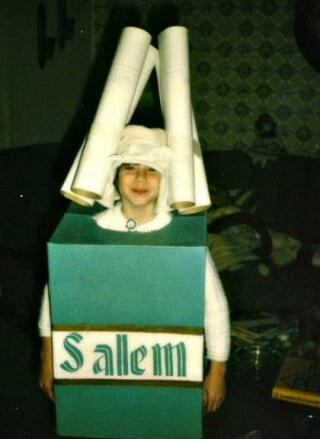Unwrapped Candy From Strangers
In the 1970s, it was perfectly normal for neighbors to hand out homemade treats. Caramel apples, popcorn balls, and fudge were Halloween staples, and kids couldn’t wait to visit the houses known for the best recipes. Parents rarely questioned whether the food was safe. That changed when stories about tampered candy began spreading in the 1980s, forever changing how Halloween treats were viewed. Today, anything homemade or unsealed goes straight into the trash. Safety concerns have replaced community trust, and store-bought candy now dominates every household bowl. Parents carefully inspect every piece before letting their kids eat it. What was once a sign of neighborly kindness is now seen as risky behavior. The days of homemade goodies wrapped in wax paper or foil have disappeared completely, replaced by individually wrapped chocolates and corporate branding. Halloween is safer now, but it has lost a bit of the personal touch that made it so special decades ago.
Trick-Or-Treating at Every House in the Neighborhood
In the 1970s, kids knocked on every door, whether the lights were on or not. Some even ventured into unfamiliar neighborhoods, confident that everyone participated. Communities felt smaller and safer, and parents trusted their neighbors completely. Today, families stick to designated routes and well-lit homes. Many houses opt out entirely, keeping doors closed to avoid unwanted visitors. That sense of open community has faded, replaced by cautious planning and limited routes. While Halloween is still fun, it is far less spontaneous. The memory of running freely from house to house, collecting candy from strangers who felt like friends, remains one of the most nostalgic and irreplaceable parts of a 1970s childhood.
Unsupervised Trick-Or-Treating Until Midnight
In the 1970s, Halloween was a night of total freedom for kids. After dinner, children grabbed their pillowcases, met up with friends, and disappeared into the dark for hours. There were no cell phones, GPS trackers, or worried parents following behind. Streets were filled with roaming groups of kids determined to hit every house before the porch lights went out. Parents trusted neighbors and assumed everyone was looking out for each other. It was a time when kids learned independence through simple adventures like trick-or-treating. Today, that level of freedom would make most parents anxious. Curfews, traffic, and safety concerns have shortened the night, while many neighborhoods host organized events or trunk-or-treat gatherings instead. The spontaneous, late-night excitement that once defined Halloween has mostly vanished, replaced by careful planning and bright daylight activities that feel much tamer than the adventures of the past.
Haunted Houses Run by Teenagers
In the 1970s, small-town haunted houses were often thrown together by local teens looking for fun. They transformed garages, basements, and old barns into spooky attractions using flashlights, cardboard, and fake cobwebs. There were no rules, no insurance, and no safety checks. Visitors stumbled through makeshift hallways lit by strobe lights made from camera flashes and extension cords that ran across the floor. It was chaotic, unsafe, and completely unforgettable. Modern haunted houses require permits, inspections, and strict fire regulations. Today’s attractions are polished, professional, and far less spontaneous. While safer and more organized, they also lack the unpredictable thrill of those homemade versions where your neighbor’s older brother might jump out from behind a curtain just to scare you. The creativity and local charm of those 1970s haunted houses remain a cherished memory of a time when Halloween was fueled by imagination instead of corporate production value.
Bobbing for Apples at Parties
Every Halloween party in the 1970s featured at least one tub of water filled with floating apples. Kids lined up to dunk their faces, laughing as they tried to bite into slippery fruit while everyone else cheered. Sharing the same water was part of the fun, and no one thought twice about hygiene. Today, that game would be unthinkable. The idea of dozens of kids putting their faces in the same bowl of water would send modern parents running for disinfectant. Concerns about germs, especially after the pandemic, have made bobbing for apples a thing of the past. While the game was messy, silly, and unsanitary, it also created unforgettable laughter and friendly competition. In an age when every party game is planned and sanitized, the memory of kids soaked to the shoulders, smiling through dripping hair, captures the carefree spirit of 1970s Halloween in a way that today’s celebrations rarely do.
Trick-Or-Treat Bags Made From Pillowcases
In the 1970s, no one used themed buckets or plastic pumpkins. Kids brought pillowcases from home, which could hold an enormous amount of candy. The bigger the pillowcase, the better. Some even tied knots at the bottom to make handles. There was no concern about matching accessories or store-bought props — just pure focus on maximizing candy haul. Modern trick-or-treating has become more about presentation, with coordinated costumes and small containers. Parents today encourage moderation, while 1970s kids aimed to fill their bags until they could barely carry them. Those heavy pillowcases became trophies of endurance, representing the ultimate Halloween victory. It was simple, resourceful, and entirely about the fun of the hunt.
Using Real Candles Inside Pumpkins
Every glowing jack-o’-lantern in the 1970s had a real candle flickering inside. Kids carved them with kitchen knives, and parents dropped in a tealight or stub of wax before lighting it. The soft, real flame gave those pumpkins a magical glow that electric lights can’t quite recreate. Unfortunately, it also created plenty of fire hazards. Pumpkins sat on wooden porches, dry leaves surrounded them, and costumes made of synthetic fabric brushed past their open flames. It was all part of the fun back then, but it would never meet modern safety standards. Today’s LED candles and battery lights are safer, cleaner, and easier to use, but they lack that eerie warmth. For anyone who remembers the 1970s, the memory of a dark neighborhood lit only by dozens of real flames is still a nostalgic symbol of a simpler, more trusting time when people worried less about fire safety and more about carving the scariest face.
Halloween Parties at School With Homemade Treats
School Halloween parties in the 1970s were filled with homemade cupcakes, cookies, and candy corn brought in by parents. There were no restrictions on sugar, nuts, or allergens, and no one checked ingredient lists. Teachers decorated classrooms with crepe paper, and kids wore their costumes all day without worrying about dress codes. Today, strict food policies and safety rules have replaced that spontaneity. Store-bought snacks are the only acceptable option in most schools, and costumes are often limited to accessories or themed shirts. The carefree, community-driven celebrations of the past have been replaced by caution and liability concerns. Those simple classroom parties, complete with messy frosting and cardboard skeletons, remain one of the most beloved Halloween memories for anyone who grew up in the 1970s.
Scary Movies Played on Local TV
Before streaming and cable marathons, Halloween entertainment came from local TV stations that aired classic horror movies late into the night. Families gathered to watch Dracula, Frankenstein, or The Creature from the Black Lagoon, often introduced by costumed local hosts. The movies were tame by today’s standards but still managed to thrill. Commercial breaks featured local businesses promoting Halloween sales, adding to the cozy small-town feel. Today’s Halloween media is endless and available on demand, but it lacks the communal experience of everyone in town watching the same spooky broadcast. Those late-night TV specials gave the holiday its atmosphere and connected entire neighborhoods through shared chills and laughter.
Homemade Costumes Made From Household Items
Before costume aisles took over stores, kids in the 1970s relied on imagination and whatever materials were lying around the house. An old bedsheet became a ghost, cardboard turned into a robot, and Dad’s flannel shirt was all it took to become a scarecrow. Parents helped cut holes for eyes or tape cardboard pieces together, but there were few rules about safety or visibility. Many costumes were flammable, uncomfortable, or hard to see out of, yet kids wore them proudly. Real candles often accompanied these outfits, making for an unpredictable mix. Today’s costumes are fire-resistant, reflective, and often inspired by movie characters, leaving little room for improvisation. The homemade approach taught creativity and resourcefulness, but it also came with plenty of hazards that modern parents would never allow. Still, for those who grew up in that era, nothing compares to the excitement of creating a costume from scratch and stepping out into the night with pure confidence and imagination.

